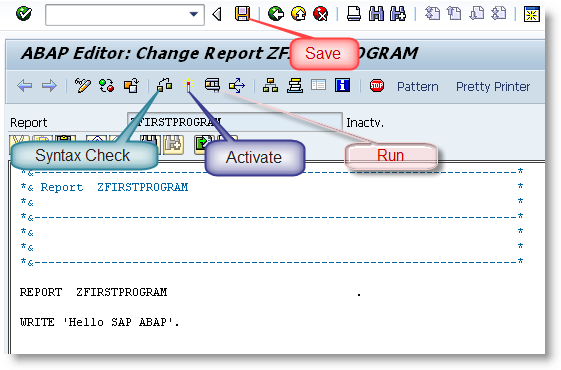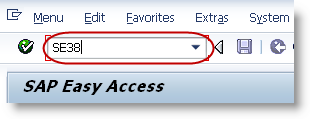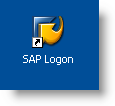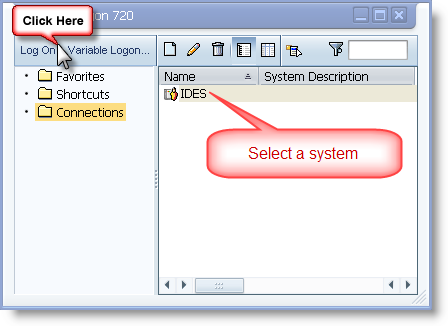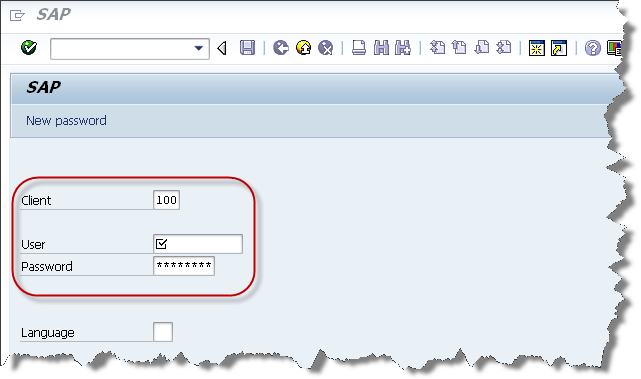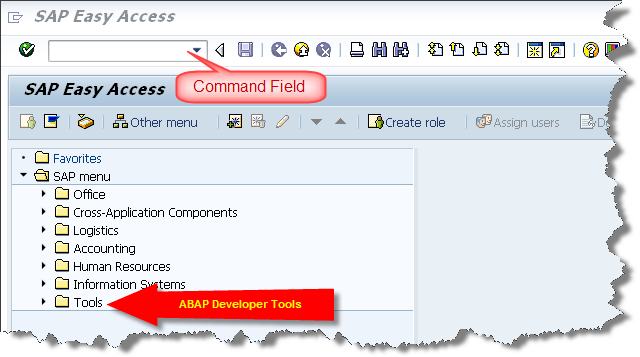1.ABAP Reports
2.ABAP Programming Overview
3.List Processing In Abap
4.Modularaization And Catch Statement
5.Data Dictionary
6.SAP Questions
7.Message ,Debugging & File Transfer
8.Object Oriented Basics
9. abap-dictionary
10. Abap-dialog-programming-overview
11. abap-coding-standards
12. advanced-abap
13. module-pool-programming
14. abap-reports
15. abap-search-help
16. abap-eventdriven-programming-selection-screen
17. Black-book for abap
18. abap-course-chapter-3-basic-concepts
19.http://www.erpgreat.com/abap.htm
20. http://sapbrainsonline.com/
21.http://www.saptraininghub.com/abap-tutorial/
22.http://www.abapprogramming.net
2.ABAP Programming Overview
3.List Processing In Abap
4.Modularaization And Catch Statement
5.Data Dictionary
6.SAP Questions
7.Message ,Debugging & File Transfer
8.Object Oriented Basics
9. abap-dictionary
10. Abap-dialog-programming-overview
11. abap-coding-standards
12. advanced-abap
13. module-pool-programming
14. abap-reports
15. abap-search-help
16. abap-eventdriven-programming-selection-screen
17. Black-book for abap
18. abap-course-chapter-3-basic-concepts
19.http://www.erpgreat.com/abap.htm
20. http://sapbrainsonline.com/
21.http://www.saptraininghub.com/abap-tutorial/
22.http://www.abapprogramming.net






